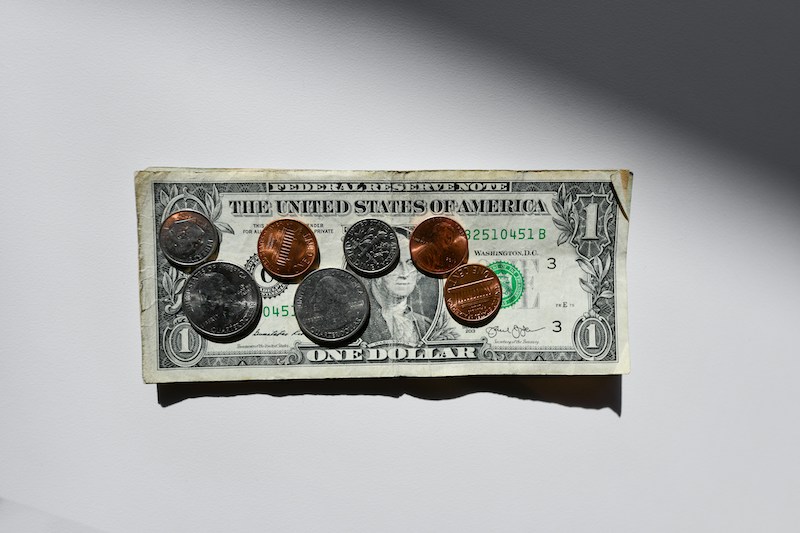Gaming is one of the most expensive hobbies out there. Not only do you have to drop hundreds of dollars on a console or a quality PC, you also need to pay up to $60 for any top-tier games. Even with membership discounts and sales, those numbers can add up quickly. But the sad truth is, economically, video games should cost way more than they already do.
Let’s get some perspective here. In 1990, NES cartridges were selling for $50. And in 1998, N64 games went for $70. If we adjust these prices for inflation, you would pay about $100 for these games today. One-hundred dollars. This means that your current games are underpriced by at least $40. However, the shortage is probably much more than that.
(adsbygoogle = window.adsbygoogle || []).push({});
In the ’90s, video games had very basic graphics and simple gameplay. Producing one of those games today probably wouldn’t cost quite as much. However, as our technology has advanced, the gaming industry has had to keep up. Gamers expect more content, HD (and even 4K) graphics, involved storylines, voice acting and high-quality animations. Not to mention support and updates after launch. That’s not even touching marketing budgets. It costs more to produce a game now than it ever has in the past.
(adsbygoogle = window.adsbygoogle || []).push({});
But if games should cost more, why are they still $60 a pop? The market is keeping the price artificially low. Customers aren’t likely to pay more than $60 for a game, even if it costs more money to produce one. This situation is why pre-order bonuses, DLC, and micro-transactions have become so popular and widespread. It is becoming increasingly harder to make a profit in the gaming industry. Developers have had to supplement their base game purchases with add-on content just to scrape by.
Pre-order bonuses give gamers a little something extra in-game on day one when they buy ahead of time. This often boosts profits slightly ahead of launch. They also lock in a certain percentage of sales. It gives publishers an indication of how many copies to manufacture and how many people will be downloading a digital copy.
Nowadays, almost every AAA game features some kind of extra downloadable content. Sometimes, this is new weapons or maps for a shooter. Other times, it’s an extended story piece. Creating DLC takes much less investment and allows developers to earn more cash on an existing property.
(adsbygoogle = window.adsbygoogle || []).push({});
(adsbygoogle = window.adsbygoogle || []).push({});
However, what is relatively new and unsettled territory is micro-transactions in a full-priced retail game. In the mobile market, free-to-play games that feature some kind of in-game shop are a dime a dozen. But this kind of model in a $60 game is still pretty controversial.
One example of a successful AAA game with micro-transactions is Overwatch. Players can enjoy the full cast of vibrant characters and maps with no additional charge. But to support future updates and server loads, players can purchase loot crates full of goodies. These goodies ultimately have no real impact on gameplay. They are mostly aesthetic skins and items for bragging rights. You can also slowly earn enough in-game currency to open loot crates by playing normally.
The gaming industry is struggling to keep up with constantly evolving technology and consumer purchasing habits. Developers and publishers have to sell more and more of each new title just to make a profit. This situation might explain why so many publishers re-cycle franchises into sequels so often, rather than taking the time and effort to develop new titles.
string(4822) "
Gaming is one of the most expensive hobbies out there. Not only do you have to drop hundreds of dollars on a console or a quality PC, you also need to pay up to $60 for any top-tier games. Even with membership discounts and sales, those numbers can add up quickly. But the sad truth is, economically, video games should cost way more than they already do.
Let's get some perspective here. In 1990, NES cartridges were selling for $50. And in 1998, N64 games went for $70. If we adjust these prices for inflation, you would pay about $100 for these games today. One-hundred dollars. This means that your current games are underpriced by at least $40. However, the shortage is probably much more than that.
(adsbygoogle = window.adsbygoogle || []).push({});
In the '90s, video games had very basic graphics and simple gameplay. Producing one of those games today probably wouldn't cost quite as much. However, as our technology has advanced, the gaming industry has had to keep up. Gamers expect more content, HD (and even 4K) graphics, involved storylines, voice acting and high-quality animations. Not to mention support and updates after launch. That's not even touching marketing budgets. It costs more to produce a game now than it ever has in the past.
(adsbygoogle = window.adsbygoogle || []).push({});
But if games should cost more, why are they still $60 a pop? The market is keeping the price artificially low. Customers aren't likely to pay more than $60 for a game, even if it costs more money to produce one. This situation is why pre-order bonuses, DLC, and micro-transactions have become so popular and widespread. It is becoming increasingly harder to make a profit in the gaming industry. Developers have had to supplement their base game purchases with add-on content just to scrape by.
Pre-order bonuses give gamers a little something extra in-game on day one when they buy ahead of time. This often boosts profits slightly ahead of launch. They also lock in a certain percentage of sales. It gives publishers an indication of how many copies to manufacture and how many people will be downloading a digital copy.
Nowadays, almost every AAA game features some kind of extra downloadable content. Sometimes, this is new weapons or maps for a shooter. Other times, it's an extended story piece. Creating DLC takes much less investment and allows developers to earn more cash on an existing property.
(adsbygoogle = window.adsbygoogle || []).push({});
(adsbygoogle = window.adsbygoogle || []).push({});
However, what is relatively new and unsettled territory is micro-transactions in a full-priced retail game. In the mobile market, free-to-play games that feature some kind of in-game shop are a dime a dozen. But this kind of model in a $60 game is still pretty controversial.
One example of a successful AAA game with micro-transactions is Overwatch. Players can enjoy the full cast of vibrant characters and maps with no additional charge. But to support future updates and server loads, players can purchase loot crates full of goodies. These goodies ultimately have no real impact on gameplay. They are mostly aesthetic skins and items for bragging rights. You can also slowly earn enough in-game currency to open loot crates by playing normally.
The gaming industry is struggling to keep up with constantly evolving technology and consumer purchasing habits. Developers and publishers have to sell more and more of each new title just to make a profit. This situation might explain why so many publishers re-cycle franchises into sequels so often, rather than taking the time and effort to develop new titles.
"












